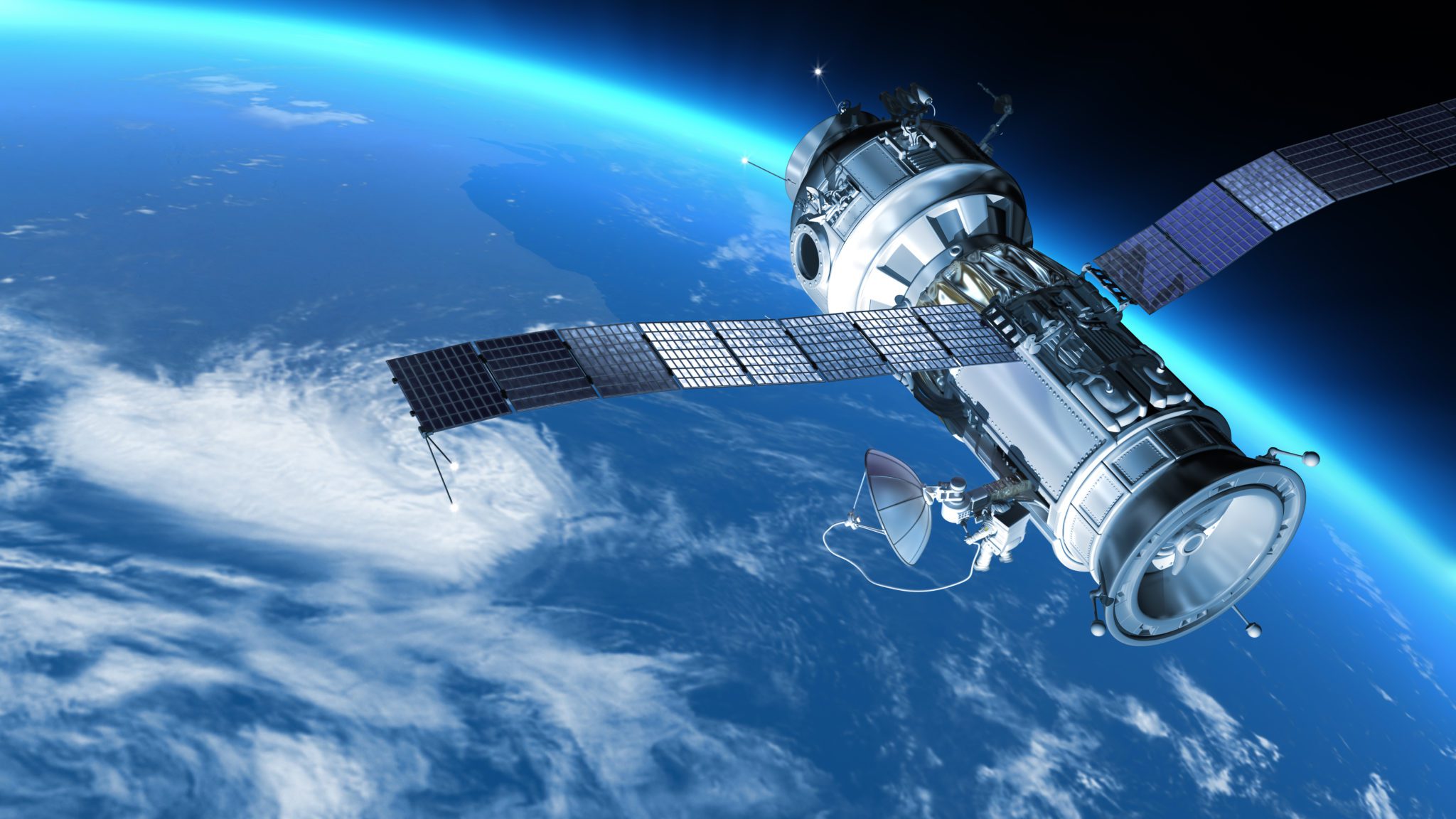Space programs have been a cornerstone of human exploration since the dawn of the Space Age. These ambitious endeavors have pushed the boundaries of technology, expanded our understanding of the universe, and inspired generations of scientists and engineers.
The Birth of Space Programs
The Space Race between the United States and the Soviet Union in the 1950s and 1960s marked the beginning of modern space programs. Driven by geopolitical competition and scientific curiosity, both nations invested heavily in developing the technology and infrastructure necessary for space exploration.
The Apollo Program
One of the most iconic space programs was the Apollo program, launched by the United States in the 1960s. The culmination of this program was the historic Apollo 11 mission in 1969, which successfully landed astronauts Neil Armstrong and Buzz Aldrin on the Moon. The Apollo missions provided invaluable insights into the Moon’s geology, composition, and history.
Space Exploration Beyond the Moon
Following the Apollo program, space agencies around the world turned their attention to exploring other celestial bodies in our solar system. Robotic probes have been sent to Mercury, Venus, Mars, Jupiter, Saturn, Uranus, and Neptune, providing detailed images and scientific data. These missions have revealed the diverse landscapes and atmospheres of these planets, shedding light on the formation and evolution of our solar system.
International Cooperation
In recent decades, there has been a growing trend towards international cooperation in space exploration. The International Space Station (ISS), a joint project of multiple countries, has served as a platform for scientific research and human habitation in low Earth orbit. Other notable international collaborations include the ExoMars mission, a joint venture between the European Space Agency and Roscosmos, and the James Webb Space Telescope, a joint project of NASA, the European Space Agency, and the Canadian Space Agency.
The Future of Space Programs
As technology continues to advance, the possibilities for space programs are expanding. Future missions may focus on exploring exoplanets, searching for signs of extraterrestrial life, and developing the infrastructure necessary for long-duration human spaceflight. Some of the most ambitious future missions include the Artemis program, which aims to return humans to the Moon and establish a sustainable lunar presence, and the Europa Clipper mission, which will explore Jupiter’s moon Europa, a promising target for searching for extraterrestrial life.
Space programs have played a vital role in our understanding of the universe and our place within it. As we continue to explore the cosmos, we can look forward to exciting new discoveries and advancements in space technology.
